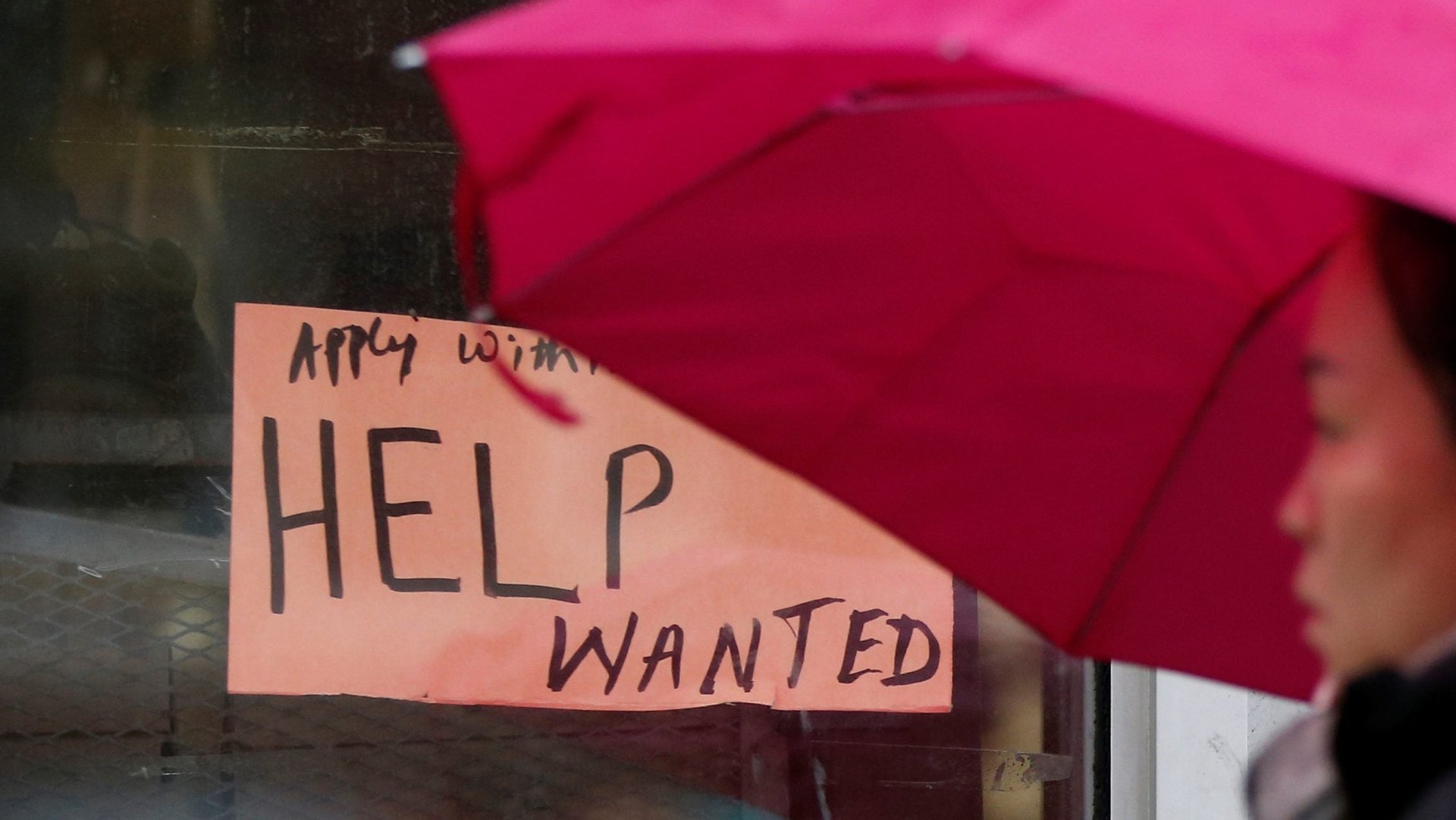The culture-shifting benefits of hiring an unlikely candidate
Last year, I left my executive leadership job at a major marketing and communications agency to start my own shop. Like many entrepreneurs before me, I found myself struggling to find the right people to help me manage client work, grow the business and help me handle day-to-day operations. I hired a headhunter and combed through resume after resume of seemingly qualified people who promised they could get the job done—and they checked all of the boxes.


Last year, I left my executive leadership job at a major marketing and communications agency to start my own shop. Like many entrepreneurs before me, I found myself struggling to find the right people to help me manage client work, grow the business and help me handle day-to-day operations. I hired a headhunter and combed through resume after resume of seemingly qualified people who promised they could get the job done—and they checked all of the boxes.
As with starting anything new, I tried things out. Some things worked, and some did not.
One day, a trusted colleague mentioned that someone in her network was looking for a job. Upon first glance, this person was not at all what I thought I was looking for—none of her five years of experience was in PR, she had never worked with media directly, and she came from the nonprofit world. Nevertheless, I took a chance and set up a meeting.
It has now been about four months since I hired her. Because she comes from a different professional ecosystem, she is pushing my entire team to look at ways our work can be done differently.
After two decades of building teams and partnering around the world, I have learned that more often than not, the best person for a job is the one you least expect. Some of the world’s leading innovators started out as underdogs. Vera Wang, Jeff Bezos, Richard Branson, Sara Blakely, Ronald Reagan—these are just a few of many examples of people who were the unlikely candidate at some point in their careers.
Branson dropped out of high school at 16 and went on to create the Virgin Group, earning him a net worth of approximately $5 billion. Vera Wang was a figure skater and journalist before becoming one of the world’s premier women’s fashion designers.
There’s no formula to hiring the next Steve Jobs, of course. But there is an argument that your next brightest and most innovative hire may be working in an industry quite unlike yours.
The hiring science of a good hunch
Competition for good talent only seems to be growing fiercer. At the same time, in the era of ever-more sophisticated application tracking systems, the talent pool seems to be shrinking. Combine this with the persistent practice of hiring exclusively inside your industry, and you’re lucky if you’re left with a handful of qualified applicants. This limited pool is often the fundamental catalyst for declining work cultures and lack of office diversity.
Yet over the years, some of my best hires have been unconventional ones, like the recent hire I mentioned above. Rather than industry experience, I have made it a practice to act when I see passion and desire in a candidate to learn something new, rather than a person who has all the conventional requirements. My marketing teams have been comprised of reporters, political campaigners, film buffs, academics, and engineers.
The idea that there is one right type of person for any job is exactly the limiting belief that causes so many companies to miss out on opportunities and people that will take their business to the next level.
A person is not a checklist
Here are a few lessons I’ve learned as a result of looking outside my own field:
1. Fresh eyes help create fresh products. Having team members who bring a fresh perspective about the industry enable you to look beyond the industry and see work from a different angle. Today, my team is collaborating in ways I never thought possible to fill in gaps I never knew existed; and I get to focus on what I do best because there are others clearing the way for me to do so.
2. If at first you don’t succeed … I hire resilient people who are not afraid to try, and fail, and try again. Collectively, we create an environment where no one has to be afraid to ask questions or admit to failure (or success, for that matter). All voices and opinions are welcome as we navigate through an ever-changing landscape that is the marketing and communications industry. We challenge each other to grow and because of the culture we have created, we also make a point to talk about what makes some aspects of that growth uncomfortable.
3. The more perspectives, the merrier. With more recent integrations of new technology and social trends, the way that clients interact with businesses has dramatically changed. Moreover, the needs of clients and the ways we do work have changed, which requires us to take on new perspectives garnered from outside of our own experiences.
With conversations about the benefits of and necessity to hire diverse talent, it’s time for brands across industries to take a step back and reassess the ways in which they are recruiting and selecting applicants. There are several ways to gain access to a whole new talent pipeline that you never would have known existed, including posting open positions on platforms that don’t cater to any one industry, actively seeking applicants that do not conventionally meet the qualifications of the job description, or networking outside of your usual circles.
Above all, it takes a willingness to assume risk, to engage in conversations about unconscious bias, and to sometimes slow down the hiring process to create space for a more inclusive vetting process.